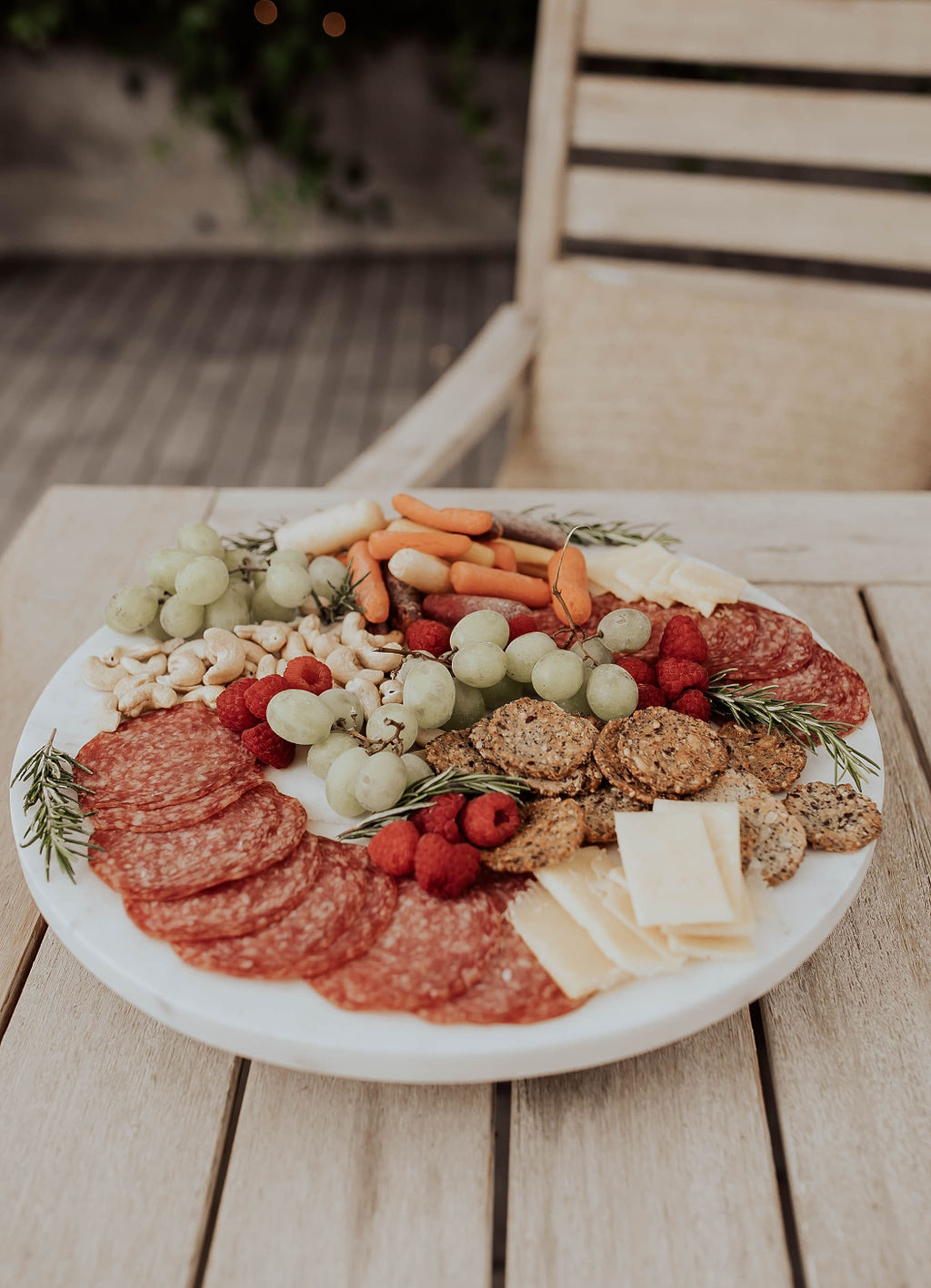I’m sure you’re wondering if the “3 small meals plus 2 snacks” is the way to go, or if this whole “intermittent fasting” thing is best. And understandably so, because it depends on the person. So we are here to help you figure out how often you should be eating. There are a few categories to consider when doing so, and here they are…
Activity Level
First, we need to look at your activity level for the day. Are you getting less than 5,000 steps and sitting at a desk for many hours of the day, and fairly sedentary overall? Or are you on your feet often and getting more than 10,000 steps a day? Or for many others, you may be sitting at a desk for 8 hours a day, but do get the 30-60 minute workout on most days. So if you’re on that lower end of movement throughout the day (sitting a lot, or under 10,000 steps), you may do better with less snacking, and perhaps 2-3 larger meals. If you are on your feet a lot, AND getting higher intensity workouts in on top of that, you may need to eat more often, but not usually more than 4-5 times/day.
Stress Levels and Gut Health
So after you take in your average activity level, you want to look at stress. We know that our stress affects our gut and our gut affects our stress. And if you have chronic high stress levels (high cortisol), you may need to eat more often for a period of time – until your body can feel safe or trusted again. Or if your stress is managed better, but your gut is still off, you may need to adjust how often you eat – ie, snacking less to give your GI a break between meals. And of course if you have blood sugar or any other metabolic issues, we need to first address those – which may require eating more often initially, simply to keep blood sugar stable, until we can work in habits to gain more metabolic flexibility. But for most people, we should not be constantly snacking, and allowing at least 3 hours between meals or any amount of eating. This means that when you do it, it would be satiating – including at least 30g protein, some fat and some complex carbs.
Your Personal Goals
- Some people want to gain muscle, some want to lose fat – and many want both (or at least to maintain muscle mass but also lose fat). And many quickfix weight loss programs will leave you losing both muscle and fat – which we do not want. We want to aim to lose as little muscle as possible while losing fat. But we also have priorities in life and those may take precedence at times (like kids, work, events), that may lead to varying stress levels, sleep times, movement time, etc. These things affect how we go about achieving our goals. Things to think about in this process are: How much balance do you want? How do you treat yourself? For some, the 80/20 rule is ideal for long term success. For others, 90/10 is more ideal and can handle a bit more “restriction” that will have them feeling better and/or losing weight a bit faster. And when it comes to how often to eat, trying to fast feels too restrictive and creates a negative cycle and leads to eating MORE. So being clear on what these things are to you, is really helpful in long term success, and avoiding the comparison game to others. We are all different, which means we require different paths.
At the end of the day…
For the average person trying to lose weight or maintain it, we recommend to start off with this:
- 3 balanced meals a day – 30g+ protein, quality fat, quality carbs
- Avoiding snacking in between meals. This gives our gut a break to digest and clean up. It gives our body a chance to be metabolically flexible. And it helps us to not overeat, and keep to more nutrient-dense foods.
- If 3 balanced meals become hard to eat (you’re overly full), AND you want to lose some weight, then try 2 meals, 2 meals and a protein rich snack, OR doing some fasting days throughout the week or month. Do be sure to add in extra electrolytes if you do!
- If quite the opposite and you find yourself hungry between meals or overeating, try adding more animal based proteins first, sip on MORE electrolytes between meals, and then, add more fiber (fruits or veggies), see how that feels.
Final Word
If these rec’s are still either challenging (still craving things), or you’re not losing weight. Go back to these essential habits…
- Get enough quality sleep and be consistent with the timing.
- Address the emotional hardships. Journal your feelings. Get a therapist. Do The Proclivity Method. Anything is a good start!



